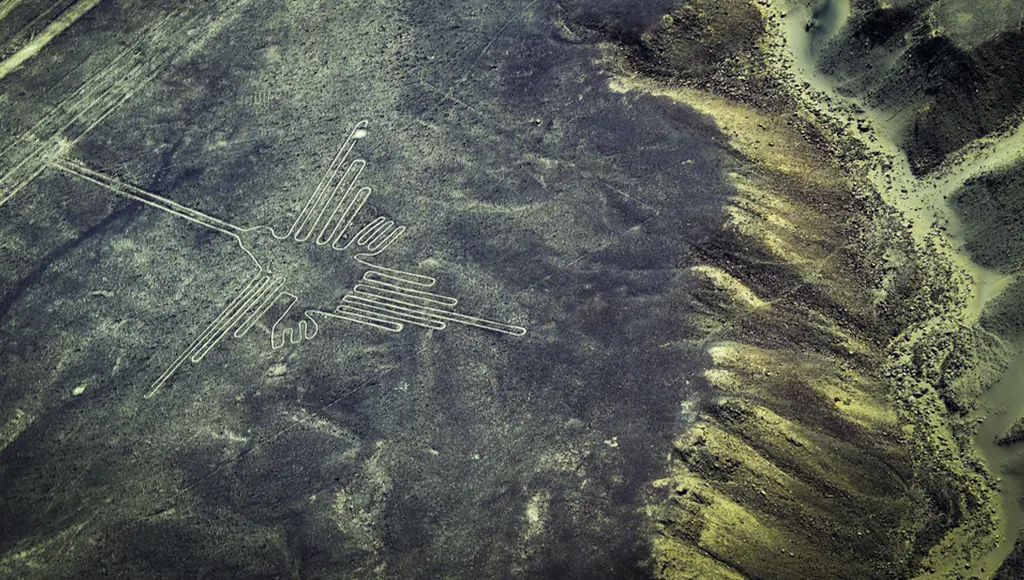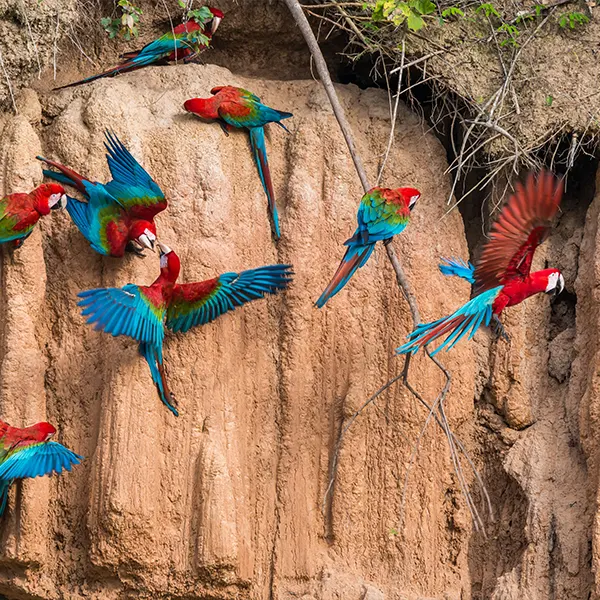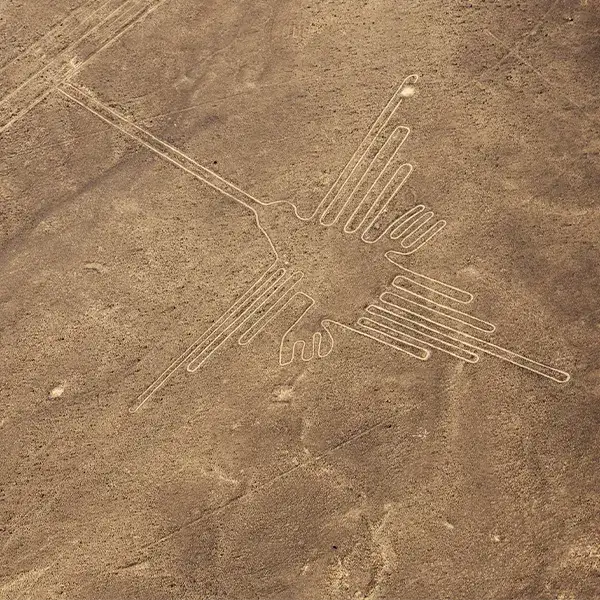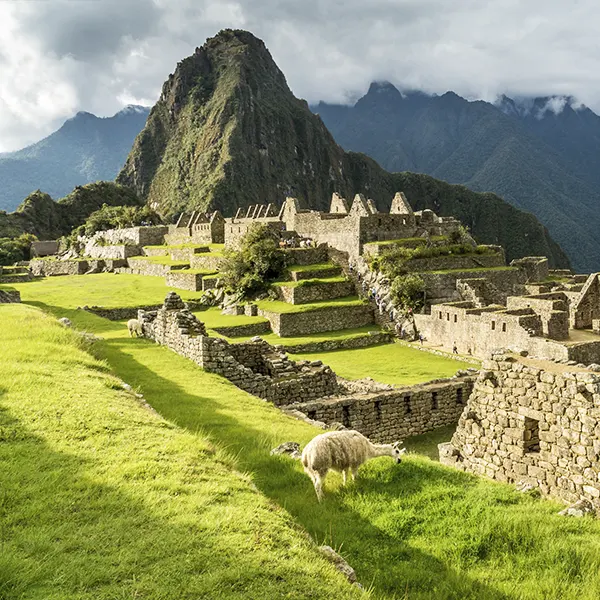Located in the Coastal desert in southern Peru are the Nazca geoglyphs, also known as the Nazca lines. These geoglyphs are among the largest drawings in the world and one of the greatest mysteries in the ancient world. The purpose of these earth-formed designs remains a focus of debate among various scholars and historians. Although they remain unfinished, some of them are still in the spotlight today, such as the Hummingbird of the Nazca Lines.
The latter has been the subject of many scientific and some casual conversations. Furthermore, its unique features and characteristics have made it a worldwide favorite. Therefore, in collaboration with the experts at Machu Travel Peru, we would like to introduce you to this attraction. Remember, this is just a brief glimpse into this treasure embodied in the sands of the beautiful Nazca desert.
All about one of the most famous Nazca Lines
The Hummingbird
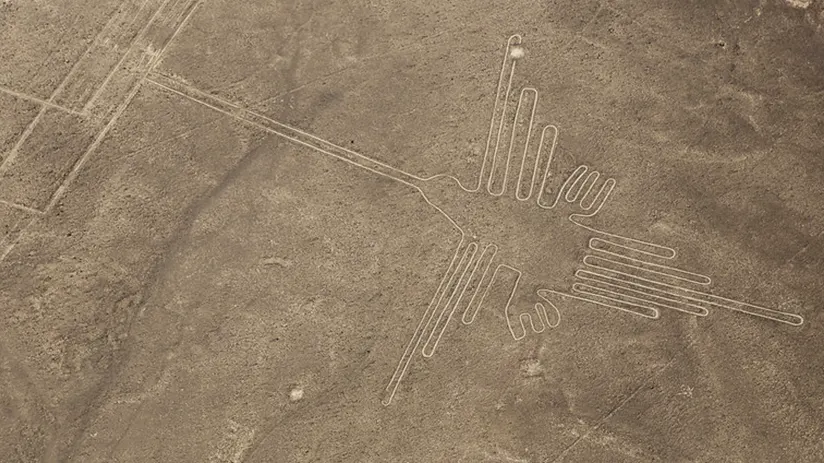
As we mentioned earlier, the hummingbird is one of the most famous attractions among the more than 800 figures. This geoglyph is easily identifiable because of its distinctive shape. Its long beak, pointed wings, and tail stand out in the southern Nazca desert. The size of the Nazca Hummingbird has a length of 96 meters long and 66 meters wide, making this a notable option to appreciate.
If you look at the Nazca Lines map, you’ll see this figure among other drawings of mammals, insects, and other birds. You can find the hummingbird on the left side of the South Pan-American Highway. According to some research, these types of zoomorphic geoglyphs are the oldest and most appreciated in the desert. So much so that researchers have published new studies that point to this iconic hummingbird drawing.
History
Between 200 BC and 500 AD, pre-Inca civilizations crafted these early earth artworks. We refer to the Nazca culture, which had the city of Cahuachi as its capital. The Nazcas, in addition to creating this art, buried their dead in funerary bundles. These collective chambers held great cultural significance because people deposited offerings, textiles, and local objects in them.
However, researchers also suspect that the Chavín and Paracas cultures influenced the different glyphs. With the use of stakes and ropes, these cultures were able to erect long lines, which in turn formed other types of figures. This, added to the absence of rain in the desert, made it possible for these geoglyphs not to erode over the years.
Representation
Despite the understanding of its creators, one of the main questions remains about its symbolism in Peru. Many Nazca Lines theories surrounding the mystery and may offer an adequate answer. Some refer to cultural, historical, and ecological purposes, and even go further, referring to reasons beyond this world. However, one of the most recognized refers to a religious purpose that ancient civilizations had.
According to the most popular story, this geoglyph is an offering to the flying god of the Nazca people. Its main purpose was to show respect and veneration to avoid drought in the coastal desert. Furthermore, according to their worldview, this figure was part of a vast astronomical calendar. A tool that provided information on weather predictions, which religious cults used.
New studies

Recently, a group of scientists published a study on the reidentification of some of the geoglyphs on Nazca. A trio of Japanese researchers published the results in the Journal of Archaeological Science. We refer to Masaki Eda of the Hokkaido University Museum, Takeshi Yamasaki of the Yamashina Institute of Ornithology, and Masato Sakai of Yamagata University.
The research revealed the misidentification of the Nazca bird geoglyphs. Researchers achieved this through an in-depth ornithological study that provided a reclassification of the birds. One interesting part of this study is that it explored why the reclassified birds do not belong in the area.
For the geoglyph in question, the hummingbird, they determined that it represents a hermit, a subgroup of hummingbirds. This curious bird lives in the forested regions of northern and eastern Peru. Therefore, the findings show that they chose to draw exotic birds, not local ones. This provides new clues that could clarify this great mystery or lead to new theories.
How to visit it

Although there are many things to do in Nazca, its lines and geoglyphs are often the main attraction that draws tourists to the region. Therefore, reaching this destination, especially for first-time visitors, can be a bit tricky. However, the most common option is to take ground transportation to the area and then fly over it. Likewise, it’s important to note that it’s difficult to see from the ground alone, so we recommend taking precautions.
Other figures

For those planning to fly over the Nazca Lines, you’ll appreciate that this UNESCO World Heritage Site has much to offer. You can see the most prominent pictorial representations of the three animals featured in this attraction. The hummingbird, condor, and monkey are the most popular and recognized. However, you can also see others such as the spider, the astronaut, the killer whale, and many more.
“MYSTERY, ENIGMATIC, AND EVEN THE UNKNOWN ARE AUTHENTIC OPPORTUNITIES TO LEARN AND IMMERSE YOURSELF IN A NEW WORLD”
We hope with Machu Travel Peru, to have informed you a little more about this mysterious line. With the continuous research projects, perhaps, we can shed more light on the incredible means of the Hummingbird Line. If you have any kind of question about our Nazca Lines Tours, you can consult with our advisers. They will guide you and explain step by step how you can request one of these incredible attractions.
Peru has so much to offer, it can be hard to know where to start. With many years of experience in the tourism sector, Machu Travel Peru is happy to help with anything regarding your trip to Machu Picchu and any tours around it. Make your Machu Picchu experience an unforgettable one! Contact Us today to plan your dream adventure!
